Which Acoustic Foam Shape Is Best?
Share
You have probably seen pictures of various acoustic foam styles on instagram and youtube.
Some acoustic foam styles include:
While you may think various styles have advantages over the others, it is actually the thickness of the panels that make more of a difference.
What Does Acoustic Foam Do?
Acoustic foam is an efficient way to eliminate echoes and absorb sounds in your room. The panels are made from sturdy, open-cell polyurethane that can significantly decrease the amount of reverberation, noise, and echoes.
Sound can be absorbed by different materials, depending on the type. Acoustic foam is one of these types because it's both soft and porous. When a sound wave comes into contact with acoustic foam it converts some of that energy to heat which causes decay much faster than if there was no material present at all!
Different Thickness Of Acoustic Foam
Acoustic foam comes in various shapes and thicknesses. The biggest variation in performance is thickness, not the actual shape or pattern in the acoustic foam.
Each thickness absorbs sound waves at different frequencies. The various shapes offer various aesthetic qualities and textures.
Thinner acoustic foams will absorb the high and mid spectrum sound waves while thicker foam panels absorb high, mid and lower end sound waves.

1 inch thick acoustic foam will give you the most bang for your buck. 1 inch foam panels are thin compared to our other foams, but are still effective for reducing flutter echoes and controlling the mid and high frequency ranges. Use these panels when good sound control is desired but substantial absorption is not imperative.
2 inch thick acoustic foam offers more sound absorbing power overall, and will take care of the mid to high frequency ranges. The 2" thick profile is the most popular and a safe bet for anyone planning a DIY vocal booth, studio, home theater, rehearsal space, or a broadcasting area.
3 inch thick acoustic foam will help absorb high, mid, and low end frequencies. These versatile panels can be used in almost any room.
4 inch thick acoustic foam has the highest sound absorbing power, and will help eliminate lower frequency ranges to help tone down bass. Use these panels in rooms with low-end problems.
Bass traps are super thick foam pieces that go into the corner of your room and are the best for absorbing, you guessed it, BASS. If you have a subwoofer, bass amp or nice big monitors it is always good to have a few bass traps.
The below tables shows the Noise Reduction Coefficient ratings for our foam at all the different frequencies. The first table is WEDGE style panels. The second table is PYRAMID style panels.


-----------------------------------------------
How to interpret these ratings:
What Is NRC? ( Noise Reduction Coefficient )
The Noise Reduction Coefficient, commonly known as the NRC for a material is simply a measure of how much sound, or acoustic energy, a material can absorb. The below formula will help us interpret what a materials NRC tells us.
NRC = decibles absorbed / decibles reflected
The NRC will be in decimal format. For example, let's say a material has an NRC of 0.30. What we are saying is that the material absorbed 30% of the acoustic energy and reflected 70%.
The NRC is the "Overall" number in the above ratings. The other numbers represent the rating within the single frequency band.
-----------------------------------------------
Different Shapes Of Acoustic Foam
As we mentioned earlier, the major difference in performance of acoustic foam is the thickness, not the actual shape or style of the panels. However, various textures and shapes offer you different options for the aesthetics in your room!
Check out our different shapes of acoustic foam!
Thick Triangle Wedges (6 inch)
Factors to Consider When Choosing Acoustic Foam
Several factors play a pivotal role in the selection of acoustic foam:
- Noise Reduction Coefficient (NRC): Measuring sound absorption efficiency. Our foam was tested by 3rd party labs. We have quality you can trust!
- Panel Thickness: Influencing sound absorption capability.
- Panel Dimensions: Ensuring the right fit for the space. We offer small panels for spot treatment, and larger sheets for large coverage areas.
- Surface Pattern: Choosing between flat, wedged, or pyramid surfaces to match your aesthetic preference.
- Fire-Testing and Fire-Rating: Ensuring safety standards are met. Our foam is ASTM E84 class A. SoundAssured is a safe choice!
- Appearance: Balancing aesthetics with functionality. Our many colors give you more options when designing your space.
- Cost and Budget: Adhering to financial constraints. Keep in mind that cheap foam is not going to last as long as professional grade foam, and will not perform as well.
I hope this info was helpful. If you have any questions at all please contact us! We are glad to help!
-------
Read More:
What Is Noise Floor And How To Keep Noise Floor Down
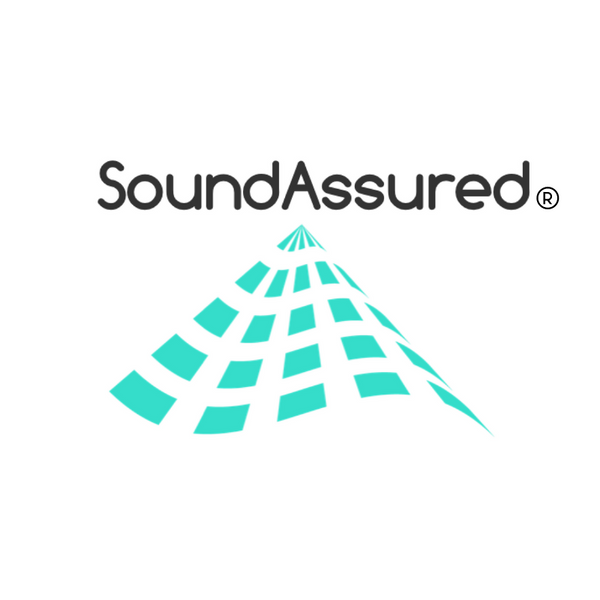






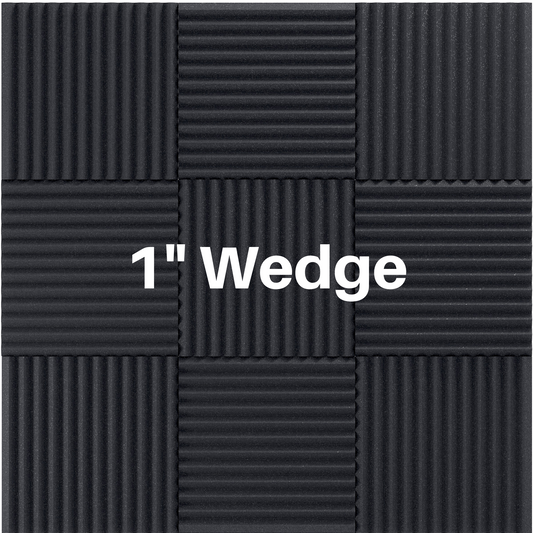
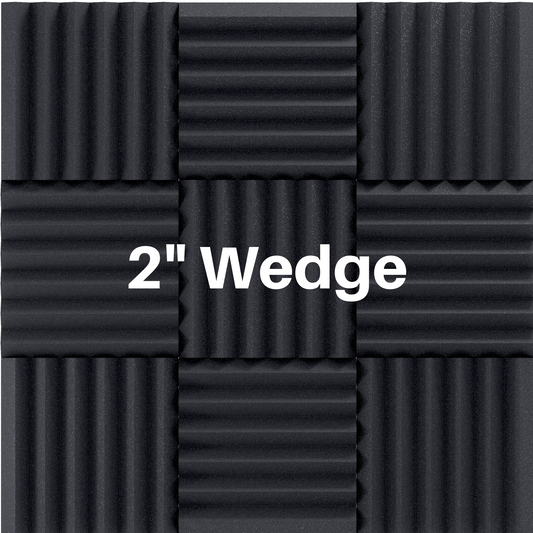
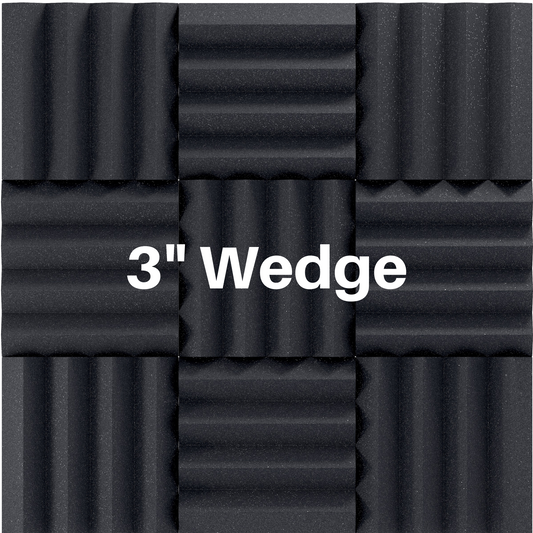
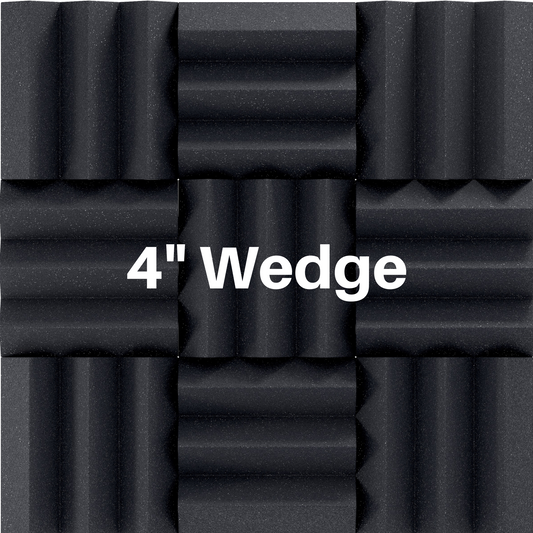

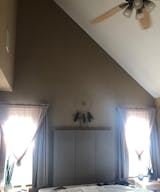

2 comments
S C Pangaria. I did a feature wall in a really small apartment near a motorway it just made the place feel still. The road noise was still present but no longer bothered me. Didn’t feel on edge
How can the noise caused by vehicles running be reduced in the house situated near the highway?